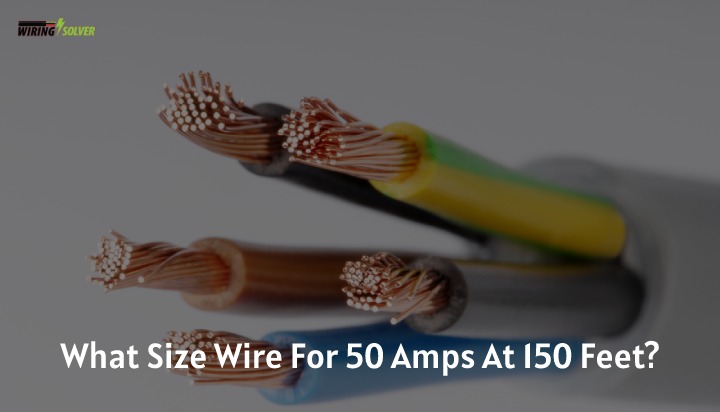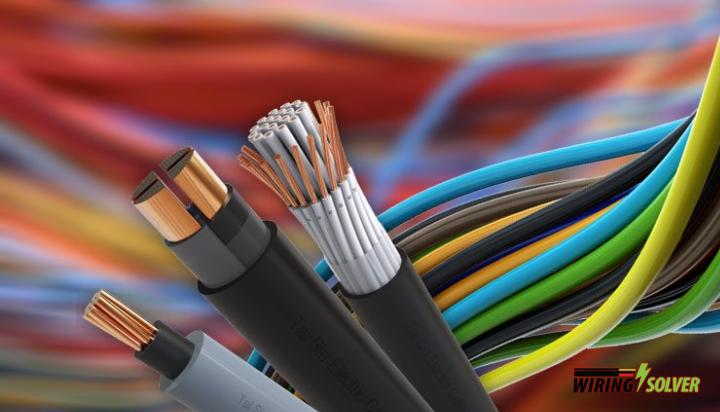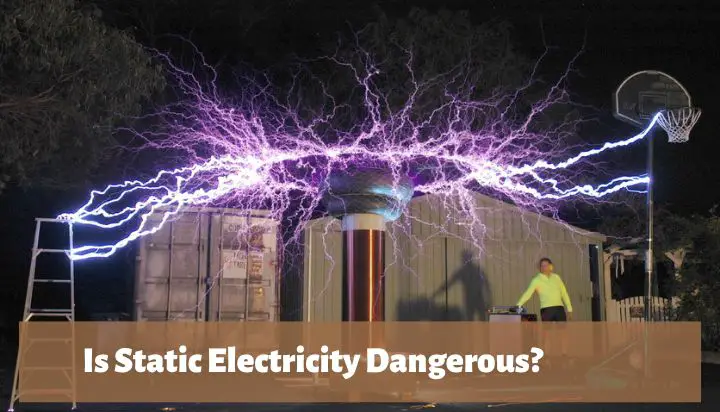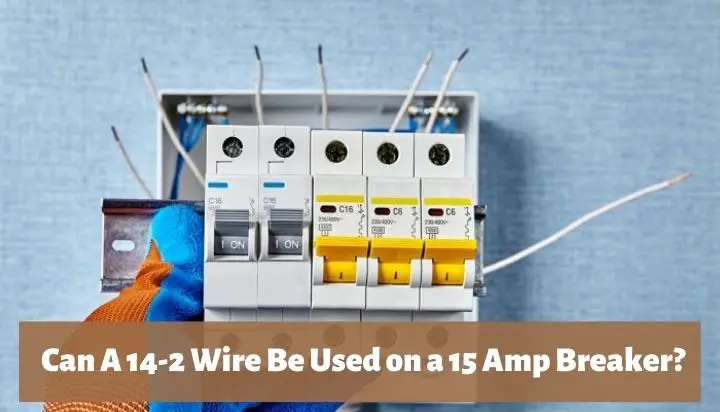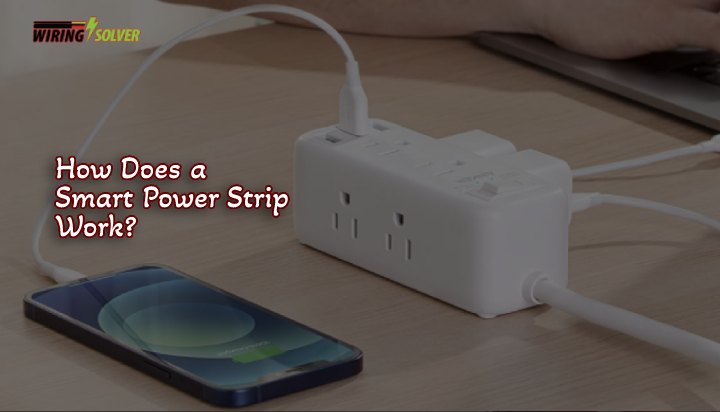Key points:
- Basic meaning of upstream and downstream in electrical sector
- The use of these terms in electrical switchgear or protection schemes.
- Basic features and application of the terms in practical life.
In basic electrical we often find the words upstream and downstream. Generally, they are used more in the switchgear section of a circuit but it also has a basic meaning. What do they mean actually?
Upstream means delivering electrical power to a point while downstream means feeding power to other circuits from that particular point. We can also say, upstream is the incoming power or wires and downstream is the outgoing power or wires related to a circuit.
The definition here is a very basic one. The terms upstream and downstream is variedly used in both electrical switchgears and production sectors. I am going to discuss everything about these in the article. Let’s start with the basics.
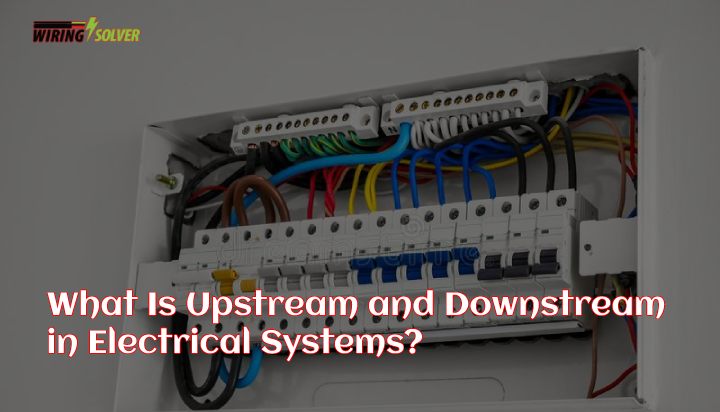
Upstream and Downstream Vs Line and Load:
To start the discussion, I must address this important feature to you. You all have heard about the terms Line and Load. Line means the power supply side of a circuit, through which power is fed into the circuit.
On the other hand, Load is the consuming side, where power is consumed from the circuit. But you may wonder why am I talking about these?
Well, because these terms are kind of analogous to upstream and downstream. In fact, the line is known as upstream while the load is like the downstream. Can you guess why it is called so?
As I said earlier, upstream feeds the circuit with power just as the term Line. On the other hand, downstream is what said to be the part which draws power from the circuit to another part just as the term Load. I hope you can see how they are so related.
Where Is Downstream and Upstream Mostly Used in Electrical Sector?
The terms downstream and upstream are mostly used in the switchgear section of electrical power management.
Especially, the circuit breakers are marked as upstream or downstream circuit breakers. But in general, the terms can be used in case of the directions of pure power also as said in the earlier section.
What Is Upstream and Downstream in A Circuit Breaker?
In short, the circuit that feeds the circuit breaker is known as ‘Upstream’ on the other hand the circuit that is fed by the circuit breaker is known as the ‘Downstream’. Upstream deals with the ‘Line’ while downstream deals with the ‘Load’.
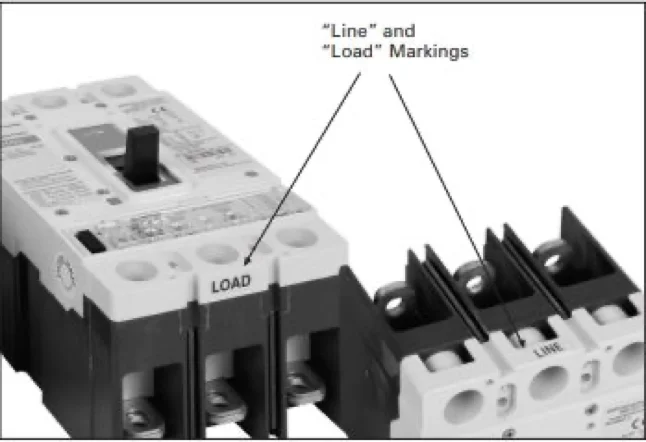
Here, in Figure-01, the circuit breaker has fixed upstream and downstream terminals. There are three ports in each terminal that associates with a three-phase power system.
In present time, technology has advanced a lot where the circuit breakers do not have a fixed terminal for the upstream and downstream. They are Omni-directional.
How To Connect the Upstream & Downstream Wires in A Circuit Breaker?
The connection of the wires in a circuit breaker is a very simple task but it should be done with a lot of safety measures. Let me break the procedure in to some easy steps for you:
- First of all, turn off the main power supply.
- Check the live wires to ensure if there is any voltage. In order to know how to test live wires you can see our other articles. You may use a non-contact voltage tester for this purpose.
- If there is no voltage in the wires, you can start connecting the wires to the specific terminals.
- Mark the Line terminal and connect the upstream or line wire in it’s ports. Tighten the connection with the screws given there.
- Connect the load or downstream wires in the same way and make sure to tighten it with the screws.
- Turn on the main switch to start the circuit.
The neutral wire is not always connected to the circuit breaker. It depends on the type of circuit breaker used in the circuit.
There are both bi-polar and uni-polar circuit breakers. Bi-polar breakers need the neutral wire while the uni-polar does not need the neutral.
You may wonder- Do the neutral wire carry current? Yes, it takes the current from the loads to the ground.
Which Part Does the Circuit Breaker Protect?
The circuit breaker mainly protects the downstream side, doing so the upstream circuit remains protected from downstream short circuits or faults.
It senses the amount of current flowing through it from the upstream. If the current is above the safety region, the downstream side is disconnected. Thus, the load remains protected and opening the circuit also protects the upstream circuit.
Does A Fuse Protect Upstream or Downstream?
Yes, a fuse also promotes protection to upstream and downstream in the same manner as a circuit breaker. But the difference is in their working procedure. Let’s talk about it a little.
A circuit break has an automated switch that is turned off as soon as there is an alarming rate of current increase through the circuit.
On the other hand, the fuse works in a totally different way. There is a current sensitive wire inside the fuse.
If the current is above the tolerance amount, the wire melts. As a result, the circuit gets disconnected.
Ultimately, the load or downstream gets disconnected from the upstream circuit and there is not current flow.
This is how both fuse and circuit breaker protect the load end devices. Generally, the short circuits or faults occur in the load side.
So, there is a surge of current which is also harmful for the upstream. Thus, disconnecting the downstream also serves safety for the upstream.
Bottom Line
The upstream and downstream are a basic part of the electrical power system. You should have got a very clear idea about it from this article. The article is based on the definition, application, usage of upstream and downstream wires as well as circuit breakers.
If you want to connect a circuit breaker in a power supply line, this article serves you to know the basics which will help you to start and carry on your work.


